Learning how to master Italian Direct pronouns is a must-know topic for all Italian learners!
Find top Tips to master Italian Direct Pronouns: find all the answers to the most common questions about this topic:
- What are the Italian pronouns?
- The difference between Subject Pronoun and Object Pronoun
- What are the direct object pronouns in Italian?
- How are Italian pronouns used?
- How to replace THE DIRECT OBJECT WITH A PRONOUN
- … and much more including Practice!
What is a pronoun?
A pronoun (pro + noun) is a word that takes the place of a noun in certain specific circumstances to avoid repetition, shorten sentences and simplify the discourse.
Italian has many types of pronouns, each with a special function.
Types of pronouns in Italian are:
- personal,
- relative,
- interrogative,
- exclamative,
- possessive,
- demonstrative
- indefinite.
WHAT IS AN Italian DIRECT PRONOUN?
Many verbs are followed by a direct object noun. A direct object is a noun that answers the question “whom? or what?” so the direct recipient of the action of a verb.
Mario beve il caffè
Beve –> che cosa? (What?) –> Il caffè
The Direct Object pronoun replaces the direct object noun. This avoids the useless repetition of the nouns and greatly simplifies communication.
Practice and repetition will lead to a smooth use and eventually to the automatic use of these pronouns.
What is the difference between Subject Pronoun and Object Pronoun?
While subject pronouns replace the subject of the sentence, direct object pronouns (pronomi diretti) are used to substitute direct objects and they answer to the question: “chi?” (whom?) or “che cosa?” (what?)

MORE EXAMPLES
Luca mangia una pizza (Luca eats a pizza)
Cosa mangia Luca? –> LA PIZZA –> questo è l’oggetto diretto (What does Luca eat? –> LA PIZZA –> that’s the direct object)
Ho visto Maria (I saw Maria)
Chi hai visto? –> MARIA —> questo è l’oggetto diretto. (Who did I see? –> MARIA –> that’s the direct object.)
HOW TO REPLACE THE DIRECT OBJECT WITH A PRONOUN
Cosa fa Marco? Legge un libro? Sì, legge un libro.
Cosa fa Marco? Legge un libro? Sì, lo legge.
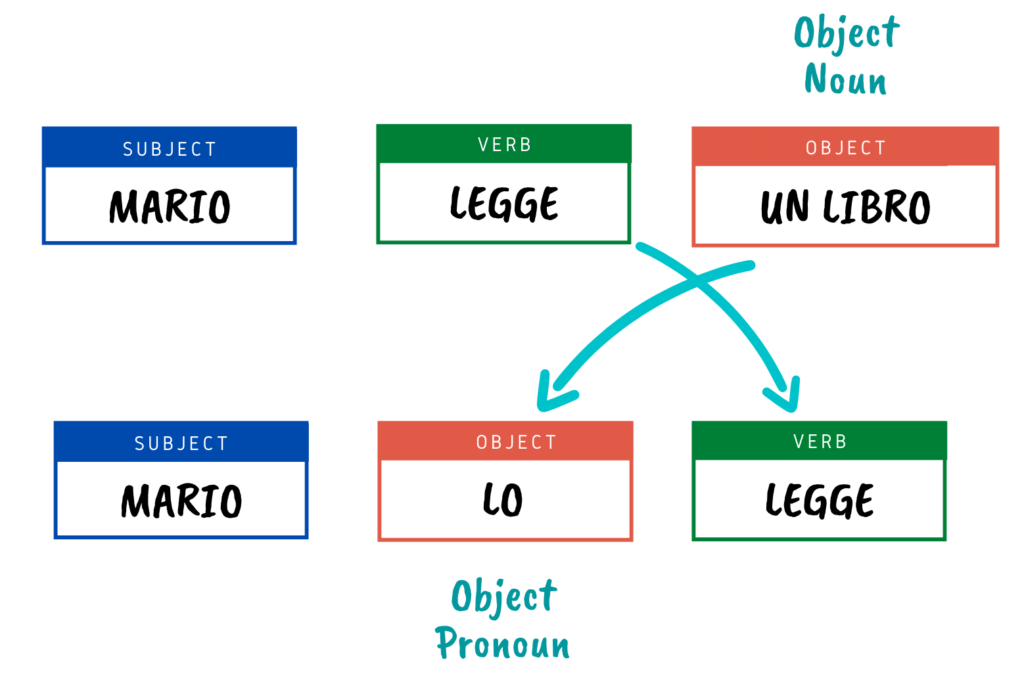
As you can see in this example usually the object pronoun goes before the verb.
HOW TO MASTER THE THIRD PERSON Direct PRONOUNS
A direct object pronoun replaces a noun used as a direct object; it must, therefore, agree in gender and number with the noun it refers to.
Replacing the object with a pronoun can be challenging ESPECIALLY WHEN YOU WANT TO REPLACE A THIRD PERSON SUBJECT.
EXAMPLES
Vedo IL ragazzO –> LO vedo
I see the boy –> I see him
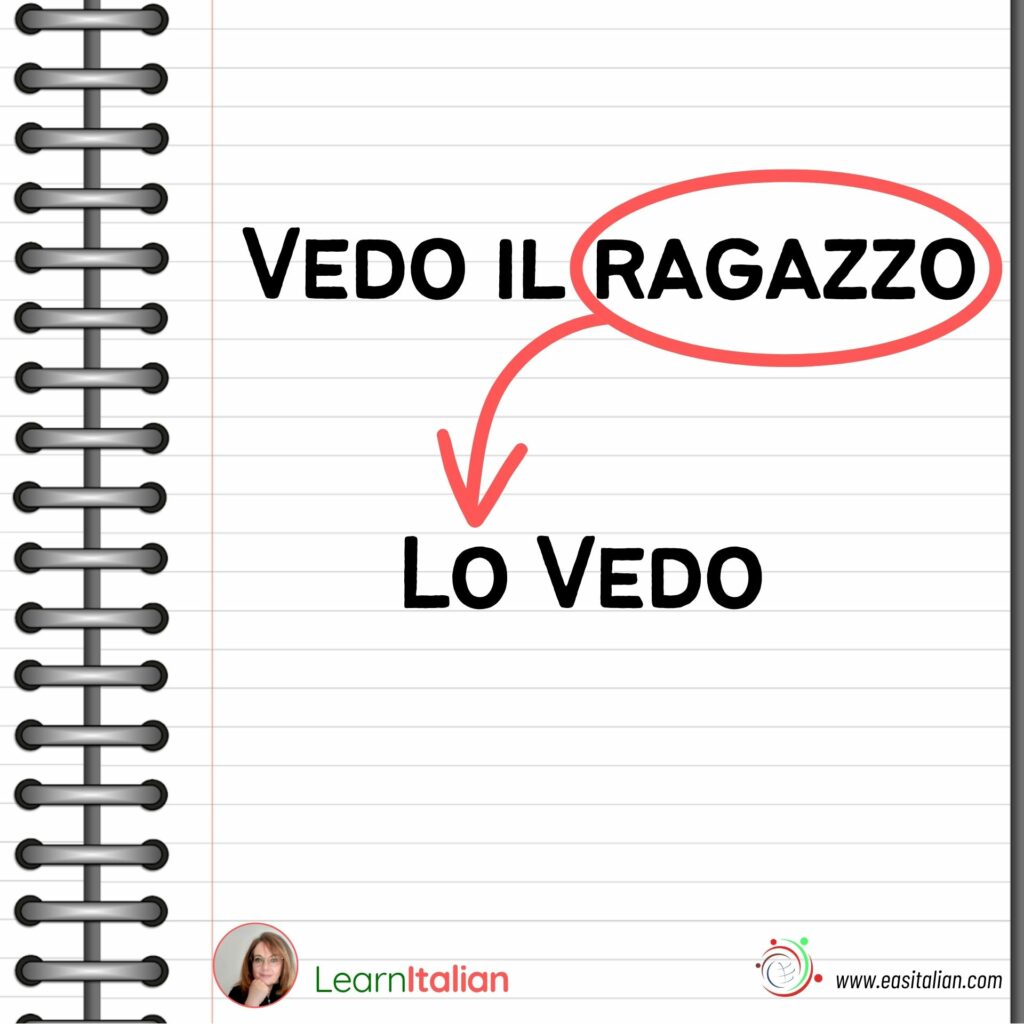
Vedo LA ragazzA –> LA vedo
I see the girl –> I see her
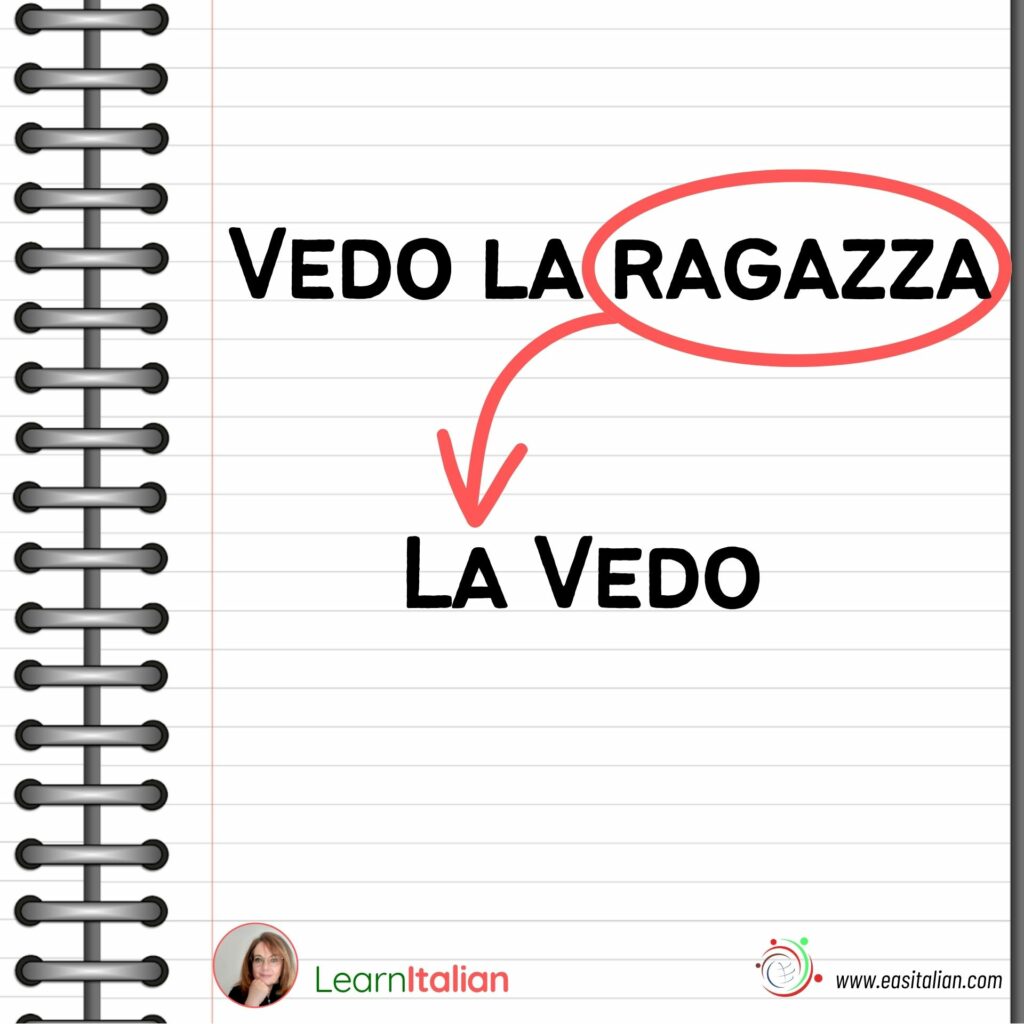
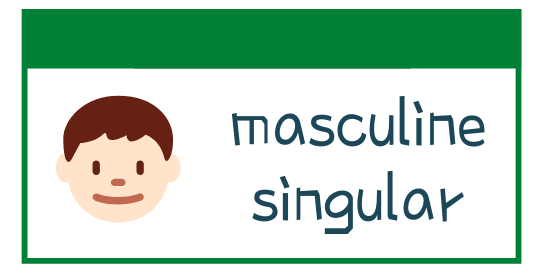
Marco mangia il gelato (Marco eats the ice cream)
Marco lo mangia in gelateria (Marco eats it in the ice cream parlor)
Replace a noun with IL article with LO pronoun –> il gelato –> lo mangia

Luigi studia lo spagnolo (Luigi studies Spanish)
Luigi lo studia (Luigi studies it)
Replace a noun with GLI article with LI pronoun –> gli spaghetti –> li mangia
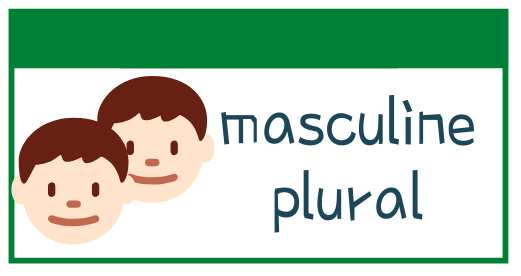
Marco mangia i gelati (Marco eats ice creams)
Marco li mangia in gelateria (Marco eats them in the ice cream parlor)
Replace a noun with I article with LI pronoun –> il gelato –> lo mangia

Marco mangia gli spaghetti (Marco eats spaghettis)
Marco li mangia (Marco eats them)
Replace a noun with GLI article with LI pronoun –> gli spaghetti –> li mangia
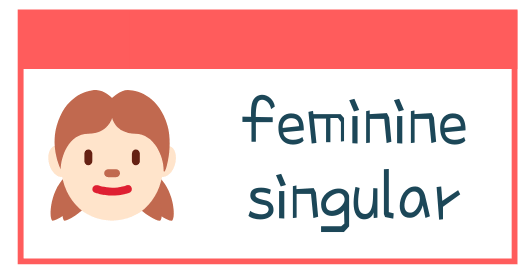
Io guardo la televisione (I watch television)
Io LA guardo (I watch it)
Replace a noun with LA article with LA pronoun –> la televisione –> la guardo
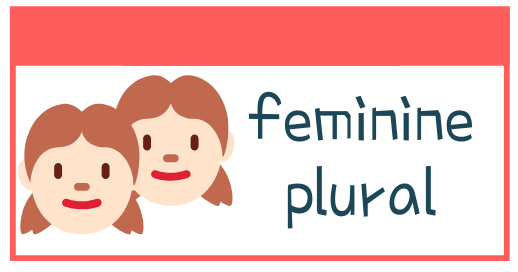
La signora Rossi incontra le amiche (Mrs Rossi meets her friends)
La signora Rossi LE incontra (Mrs Rossi meets them)
Replace a noun with LE article with LE pronoun –> Le amiche –> le incontra.
Replace:
Masculine
- IL article with LO pronoun
- I article with LI pronoun
- GLI article with LI pronoun
Feminine
- LA article with LA pronoun
- LE article with LE pronoun
- LO article with LO pronoun
What happens if there’s a proper name like Luigi (a man) or Luisa (a woman) in a sentence?
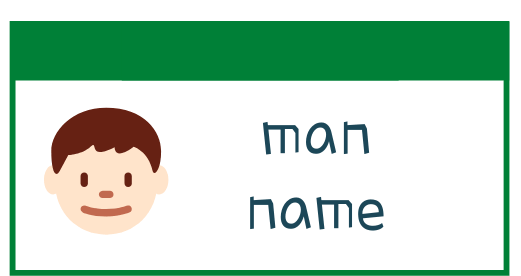
(Io) saluto Mario -> lo saluto

(Io) saluto Maria -> la saluto
- Replace a masculine proper name with LO pronoun
- Replace a feminine proper name with LA pronoun
What happens if the article is L’ (with the apostrophe)
In this particular case, you need to know if the name is masculine or feminine (searching for the word in a dictionary).
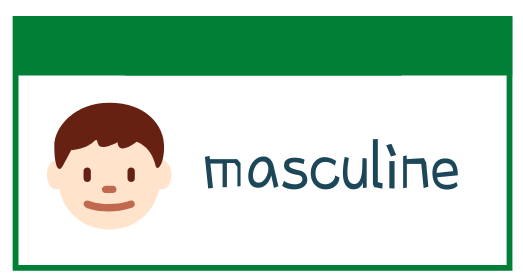
Compro l’orologio-> Lo compro
(orologio – masculine noun)

Compro l’agenda -> La compro
(agenda – feminine noun)
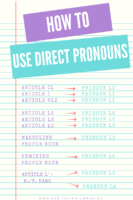
Where I’m going to put this direct pronoun in a sentence?
Sometimes a problem is to know how the word order changes when object pronouns are introduced.
In the Italian language, the object pronoun goes before the verb.
What happens if the phrase has 2 verbs?
You put the pronoun before the first verb

In this case, you can also attach the pronoun to the last verb (the infinitive verb)

EXAMPLES
Quando vedo Elena la invito a cena. —>[la replaces and agrees with “Elena” (fs)] (When I see Elena I’ll invite her to dinner.)
Quando vedo Lorenzo lo invito a cena. —-> [lo replaces and agrees with “Lorenzo” (ms)] (When I see Lorenzo I’ll invite him to dinner.)
Scrivo le cartoline e poi le imbuco. —>[le replaces and agrees with le cartoline” (fp)] (I write the postcards and then post them.)
Appena compro i biscotti li mangio. —>[li replaces and agrees with “i biscotti” (mp)] (As soon as I buy biscuits I eat them.)
Prendo il giornale e lo leggo subito. —>[lo replaces and agrees with il giornale (ms)] (I get the paper and read it immediately.)
Other Direct Object Pronouns
Subject pronouns are used to emphasize the person or thing responsible for the action.
Think of direct object pronouns as corresponding to the English pronouns me, her, us, and so on…
In this table the correspondent direct object for each subject (Also including the third person already seen before)
| SUBJECT | DIRECT OBJECT |
|---|---|
| io | mi |
| tu | ti |
| lui/lei | lo/la |
| noi | ci |
| voi | vi |
| loro | li/le |
How to use the other direct object pronouns
Use this pronoun in the same way as third the person’s pronouns. They are neutral so don’t have a gender or a number.


EXAMPLES
Giacomo mi invita spesso a cena. (Giacomo often invites me to dinner.)
Se vuoi, ti aiuto. (If you want, I’ll help you.)
Vi invito alla festa. (I’m inviting you to the party.)
Mario, quando mi chiami? Ti chiamo stasera (Mario, when do you call me? I’ll call you tonight)
Placement of Direct Pronouns in Negative Clause



EXAMPLES
Ti chiamo domani, NON ti chiamo stasera. (I’ll call you tomorrow, I’m NOT calling you tonight)
Placement of Direct Pronouns with the Infinitive Verb
With the infinitive, the direct object pronouns are attached to the verb, dropping the last vowel.
- vedere –> vederti
- chiamare –> Chiamarmi. (To call me)


What’s next?
You might want to keep learning Italian online with these free resources:











Leave a Reply